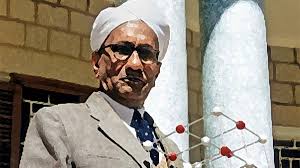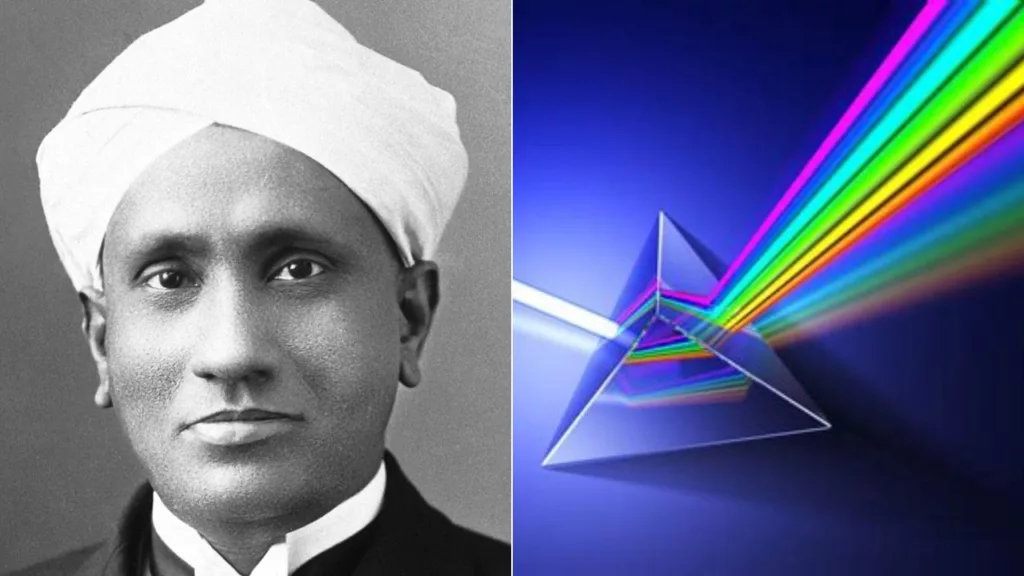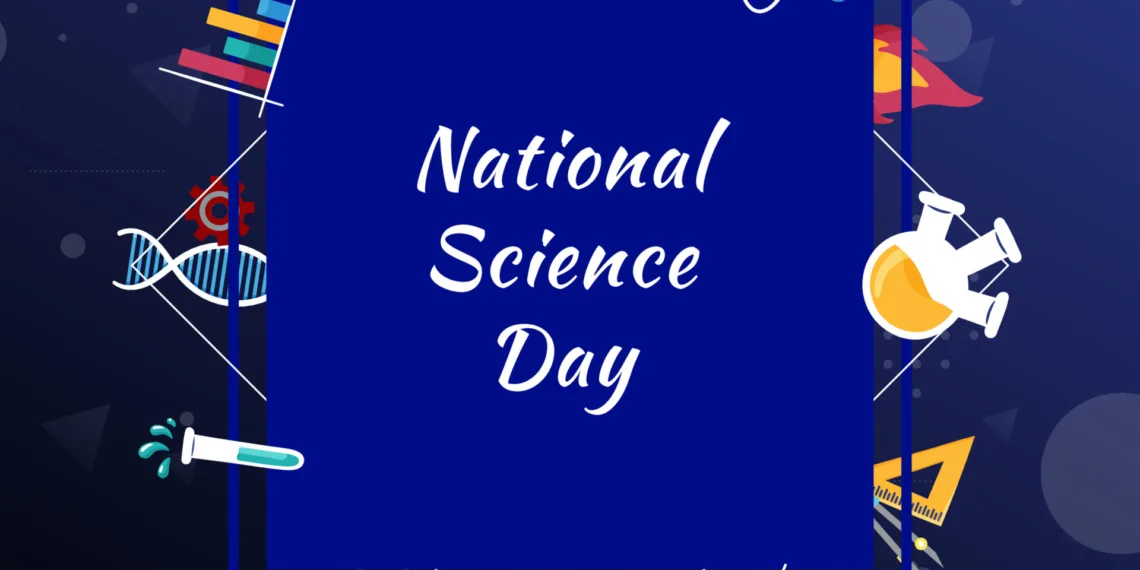National Science Day
There are still a lot of physicists and scientists in India. One such eminent scientist was Chandrasekhara Venkataraman, who in spectroscopy produced an uncommon finding that came to be known as the “Raman effect,” or Raman “scattering.” Every year on February 28, India observes National Science Day to honor these breakthroughs. Find out more
Inconceivably, science has made life easier for people. With the aid of science, man can now accomplish everything, from iPhones to airplanes, computers to robots. What science can do in our lives can be predicted from this. Scientific accomplishments are not just found on a global scale. Scientists in India are not far behind. There are still a lot of physicists and scientists in India.
One such eminent scientist was Chandrasekhara Venkataraman, who in spectroscopy produced an uncommon finding that came to be known as the “Raman effect,” or Raman “scattering.” Every year on February 28, India observes National Science Day to honour these discoveries.

National Science Day: History
Speaking Tamil From 1907 until 1933, Dr. C.V. Raman was employed by the Indian Association for the Cultivation of Science in Calcutta, often known as Kolkata. On February 28, 1928, he made a significant discovery in the science of spectroscopy—the “Raman effect.” He received the esteemed Nobel Prize in recognition of this outstanding accomplishment.
The first Indian recipient of the Nobel Prize was Dr. C.V. Raman. This was a wonderful moment for India. In 1986, the Indian government was advised to proclaim February 28th as National Science Day by the National Council for Science and Technology Communication (NCSTC). On February 28, 1987, National Science Day was observed for the first time with approval from the Indian government.

What makes National Science Day a holiday?
* The primary goal of National Science Day is to encourage science in the next generation. The purpose of this celebration is to raise global awareness of the accomplishments of Indian scientists.
* To promote science and technology careers in young people.
* To raise public awareness and understanding of science.
* To offer an appropriate venue for exhibiting scientific discoveries and breakthroughs.
* To promote scientific awareness and understanding among people. to emphasise how crucial scientific research and analysis are to the advancement of humanity.
Read More: Article 370 Box Office Collection Day 2: Collects ₹7.5 crore








